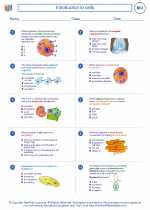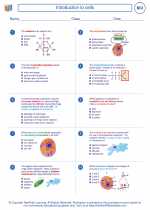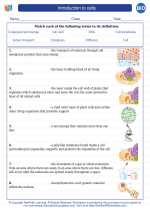Earthworms: An Overview
Earthworms are a type of annelid worm belonging to the class Oligochaeta. They play a crucial role in maintaining soil health and fertility, making them an essential component of terrestrial ecosystems.
Anatomy of Earthworms
Earthworms have a segmented body consisting of multiple segments called metameres. Their body is divided into several regions, including the head, the clitellum, and the tail. They lack eyes and ears but have specialized sensory receptors to detect light, vibrations, and chemicals in their environment.
Reproduction and Life Cycle
Earthworms are hermaphroditic, meaning they have both male and female reproductive organs. During mating, two earthworms align ventrally and exchange sperm. The clitellum, a thickened band near the anterior end of the worm, secretes a mucus cocoon that contains fertilized eggs. The cocoon slips off the worm's head and is deposited in the soil, where it incubates until the young earthworms hatch.
Ecological Importance
Earthworms are ecosystem engineers, as they aerate the soil, improve soil structure, and enhance nutrient cycling. Their burrowing activity promotes water infiltration and helps to break down organic matter, contributing to the overall health of the soil and supporting plant growth.
Study Guide: Earthworms
- Describe the anatomy of an earthworm, including its key body regions and features.
- Explain the process of reproduction in earthworms, highlighting the role of the clitellum and the formation of the cocoon.
- Discuss the ecological importance of earthworms and their impact on soil health and fertility.
- Compare and contrast the role of earthworms in terrestrial ecosystems with other soil-dwelling organisms.
- Investigate the potential threats to earthworm populations, such as habitat destruction and pollution, and propose conservation measures to safeguard their populations.
By studying earthworms, you can gain a deeper understanding of their biological significance and the intricate connections between organisms and their environment.
.◂Biology Worksheets and Study Guides High School. Introduction to cells

 Worksheet/Answer key
Worksheet/Answer key
 Worksheet/Answer key
Worksheet/Answer key
 Vocabulary/Answer key
Vocabulary/Answer key
 Vocabulary/Answer key
Vocabulary/Answer key
 Vocabulary/Answer key
Vocabulary/Answer key
 Vocabulary/Answer key
Vocabulary/Answer key
